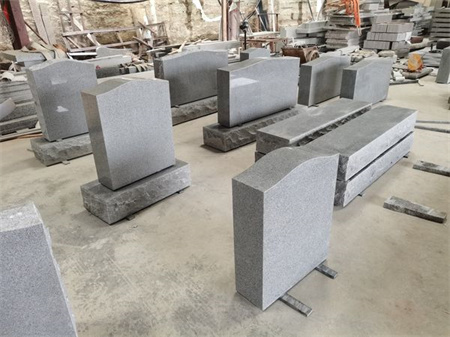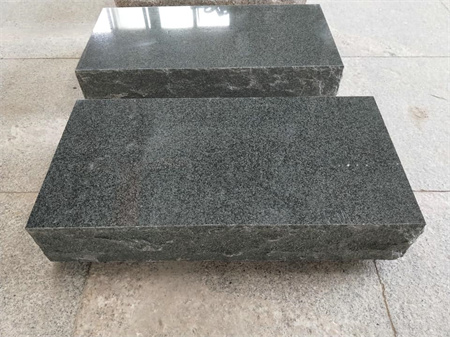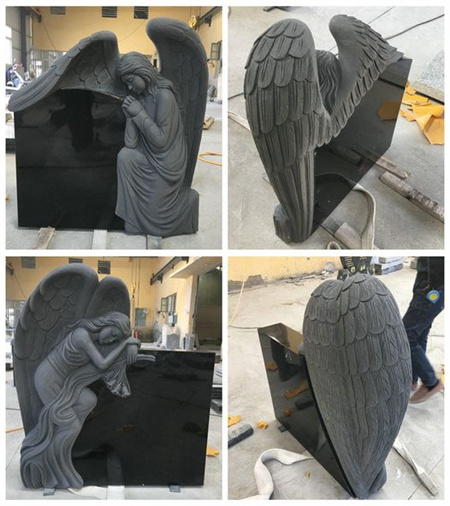How to Use Granite Memorial Stones as Public Art Installations

Granite Memorial Stones: A New Dimension in Public Art Installations
Public art has always served as a reflection of culture, history, and societal values. It captures moments in time, commemorates lives lived, and brings communities together in shared experiences. In recent years, granite memorial stones have emerged as a compelling medium for public art installations, offering a fusion of timeless beauty and deep emotional resonance. These stones, often etched with names, dates, and symbols, are no longer confined to cemeteries or private memorials. Instead, they are being embraced in public spaces, transforming ordinary plazas, parks, and streets into places of reflection, learning, and connection.
Granite, known for its durability and ageless appeal, provides the perfect canvas for public art. It holds the weight of history, offering a visual permanence that few other materials can match. When used in public art installations, these memorial stones not only stand as tributes to those who have passed but also as a way to preserve the stories and legacies of entire communities. Their placement in parks, city squares, or alongside riversides allows passersby to encounter them unexpectedly, inviting quiet contemplation and engagement.
One of the most profound ways granite memorial stones can be used in public art is through the concept of “living history.” By incorporating names, quotes, and images that celebrate both personal and collective achievements, these stones become more than just monuments; they become ongoing narratives that bridge generations. Take, for example, a memorial stone dedicated to local heroes who fought in a war. Over time, this piece of granite will not only commemorate the individuals but also spark conversations about the impact of war on the community and the world at large.
Moreover, granite stones can play a role in addressing collective traumas. Public installations of memorial stones dedicated to tragedies, such as natural disasters or civil rights movements, offer a space for healing and remembrance. They act as symbols of resilience, allowing a city or nation to face its past with honor and respect. These memorials invite reflection, but they also serve as educational tools, encouraging future generations to understand their shared history and the lessons it imparts.
The versatility of granite as a medium for public art is also seen in its ability to be customized to any environment. The rough texture and heavy mass of the stone can be softened with creative etching or polishing, allowing artists to infuse the piece with meaning. Granite memorials can take the form of towering sculptures, low-relief carvings, or abstract representations of time and memory. Whether designed to be interactive or simply contemplative, granite can be manipulated in numerous ways to evoke emotion and dialogue.
Importantly, these memorial stones can also contribute to a sense of place. They create landmarks, not just in a geographical sense, but in the emotional landscape of a community. Imagine a granite stone in the center of a park where a significant local event took place—its presence marks the spot, inviting locals and visitors alike to pause, learn, and reflect on the shared experience. This sense of continuity can bring a deeper connection between the past and present, creating a bond between people and their environment.

However, the true power of granite memorial stones as public art lies in their ability to provoke thought and spark conversation. When placed thoughtfully in public spaces, they not only commemorate past events but also challenge us to consider our collective future. They ask questions about identity, culture, and the legacy we wish to leave behind. In this way, granite memorials become more than just artistic expressions—they become the touchstones for the ultimate reflection on what it means to live, to remember, and to be remembered.

